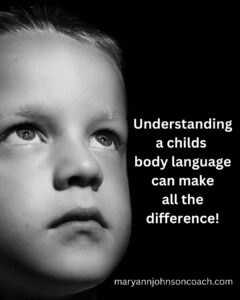 When I began teaching, mentoring, and writing family-centered articles, I was working with the homeschool community. However, in 2016, as I started writing my book Becoming a Present Parent, I realized my message about connecting with children was beneficial to a wider audience.
When I began teaching, mentoring, and writing family-centered articles, I was working with the homeschool community. However, in 2016, as I started writing my book Becoming a Present Parent, I realized my message about connecting with children was beneficial to a wider audience.
I created a new website, maryannjohnsoncoach.com. I had many thoughts and ideas that I began sharing. However, on home-school-coach.com, there were over 600 articles that most families would benefit from. I started updating and republishing these articles on the new site. I’ve been working on this project for over eight years. It’s been a labor of love and is still a work in progress. This is because the ideas, thoughts, and experiences have never stopped flowing, and I am constantly writing new articles.
In 2011, I took a class on body language from 3 Key Elements because I had begun speaking from stage and knew it would be helpful. Then, the company offered a class taught by one of their trainers, Amy Walker, on how body language can assist you in understanding your kids and avoiding conflict.
I loved the class and gained much from it. Since I was working with families and children, I asked Amy if she would write an article on what she had taught the mothers and fathers in her class. She did, and the information was published as a two-part series on my old website in 2012.
I love the information in these two articles, which has proven useful. I’m republishing them in one article today. I am sharing it as Amy Walker wrote it with minor grammatical and punctuation changes. I know you will find value here. You will either say, “Wow, good for me. I already know that,” or “Gosh, I didn’t realize that.” In either case, it will jumpstart your mind, and you will look at how you respond to your children with renewed or new eyes. Enjoy.
Understanding Body Language by Amy Walker
Body Language is an extremely important part of communication. Did you know that 93% of communication is NON-VERBAL? That means your tone and gestures are saying far more than your words! In the last year, I have seen a huge growing interest from schools and parents in using body language to help kids perform better in school. I have personally trained for the Utah State Office of Education, the Department of Workforce Services Teen Program, American Leadership Academy, and other elementary/charter schools. Already for 2012, I am scheduled to teach over 900 teachers about body language. I know I use body language with my four sons daily! It’s a powerful tool to increase communication, trust, understanding, and learning. In this article, I hope to teach you the importance of Body Language and share examples of what to look for with your children.
Body Language is the body’s physical response to what is going on in the subconscious mind. As you study and understand the body’s unique language, you can gain insights into thoughts, learning patterns, emotions, and motivations. If you see the whole picture, you will be more effective as a parent and educator.
The conscious mind can hold onto about 7 thoughts at a time. The subconscious processes billions of things at the same time; every memory, feeling, idea, body function, all the way down to cell reproduction and breathing are taken care of by our subconscious mind. I am constantly fascinated by what I can ‘See’ going on in my children that they don’t even know how to express!
I want to teach you 5 basic gestures you can use TODAY to help increase communication with your children! Remember, Body Language is a LANGUAGE! It takes practice to become fluent! But hopefully, after this article, you will at least know a few “Words and Phrases” to look for! I will also provide a few examples of using this with my children.
Learn to Read Eye Movements
Eye movements are fascinating. As you watch a person’s eyes move, you will see where they go to access information inside of themselves. You can tell if the experience or decision is emotion-driven, influenced by others, or based on past experiences.
Movement 1 – When you see an individual look up and to the right, they are looking into the right side of their brain.
their brain.
Right-Side Brain Functions:
*Big picture thinking
*Future
*Creativity
*Artistic
*Imagination
*Vision
Movement 2 – When you see someone look up and to the left, they are looking into the left side of their brain.
brain.
Left-Side Brain Functions:
*Linear Thinking
*Details
*Logic
*Facts
*Numbers
*Past Experiences
Example 1
My 9-year-old son was upstairs doing his homework. He came downstairs, and I asked, “Did you finish your homework?” He looked up and to the right and then said, “Yep!” So, I clarified and said, “You did? You finished your homework?” He made the same move and answered yes again. I had seen the same move twice and knew I hadn’t imagined it! I had asked him a question that should have caused him to look into his past, into his detail section-left brain.
Instead, he looked into the big picture/ creative section of his brain. I realized clarification was necessary, so I asked, “So what did you do?” This time, he answered, “I did my math” and looked to the left. That answer matched. So, I clarified again, “What else did you need to do?” Looking a little less excited, he looked down and answered, “My spelling.” His body language told me that not only was his work not finished, but also why it wasn’t finished (Stay tuned for what looking down indicates!). Rather than arguing the next day about why homework wasn’t finished when he said it was, we were able to clarify, and I could see that he needed extra help and support.
Movement 3 – When you see someone look side to side (right or left), they are looking towards their ears, listening to outside influences.
ears, listening to outside influences.
Outside Influences Could Include:
*Parents
*Teachers
*Friends
*TV/media references
*Church or Civic Leaders
*Negative thoughts they hear inside their head
This is an EXTEMELY powerful indicator to watch for. If you want to help your child be happier and more successful, watch for how often they listen to others inside their mind. As a culture, we struggle with negative thoughts. Helping your child (and yourself) clear out the other people inside their head will help them feel better about themselves, and they will have more focus in moving towards what they want. I once read that the average person has between 25 and 50,000 thoughts daily. Highly successful athletes are closer to 15,000 thoughts a day. Their ability to focus and clear out the mind chatter helps them be more successful.
Movement 4 – Looking up towards the sky. Let’s not confuse this with the infamous eye roll. They mean very different things! When people look up towards the sky, they are looking to their Higher Power. They are looking for new answers, inspiration, and connection with whatever they believe in that is bigger than them.
very different things! When people look up towards the sky, they are looking to their Higher Power. They are looking for new answers, inspiration, and connection with whatever they believe in that is bigger than them.
A Tip for Parents
If you see your child look up and then give you their answer, please be cautious how you respond. They will feel a strong connection to this answer; it will intuitively feel right to them. We all have experienced a “Dream Crusher” at some point. I never want to be that dream-crusher for my children. It might not be an answer I love and am completely excited about. It also does not mean that is their answer for the rest of their lives. But right now, they are likely to feel very strongly about their thoughts, dreams, or ideas, and as they follow them, they will progress and grow.
Example 2
I taught at a school in front of teachers, parents, and students. I had a volunteer come up on stage. She was 16, and I was helping her adjust her body language so she could be more effective in delivering her message. I asked her what her message was, and she looked to the sides, then said, “I don’t know.” So, I asked again. This time, she responded but looked to the sides again. It still wasn’t her real message. After a few tries, she looked up. When her eyes came down, she spoke of kindness to others, knowing who you really are, and not hiding to make others feel comfortable. It was powerful, and everyone in the room felt its authenticity. Every part of her body language was stronger. Her tone was stronger because this time, she spoke a message that rang true in her heart. I could see from the first answer that she was worried about what other people would think. Because I saw the signs, I was more effective in helping her get to her real message.
Movement 5 – Looking down. When you see someone look down, they are looking into their emotions. They are soul-searching. This answer may take longer to find. It also takes more trust to share. If you see your child look down, it’s essential to stop what you’re doing and adjust your focus to your child. When they find their answer, they will check in with you. If you’re not paying attention, they are not likely to share their thoughts. They will swallow them down and decide that how they feel is not important enough for your time.
They are soul-searching. This answer may take longer to find. It also takes more trust to share. If you see your child look down, it’s essential to stop what you’re doing and adjust your focus to your child. When they find their answer, they will check in with you. If you’re not paying attention, they are not likely to share their thoughts. They will swallow them down and decide that how they feel is not important enough for your time.
Example 3
My 6-year-old was having a very naughty day. He kept pestering his brothers and seemed bent on a course of destruction! I asked him, “What’s going on, buddy?” He immediately looked down. So, I changed my question to “How are you feeling today?” He took a long time to answer. To the untrained eye, it probably would have looked like he was being defiant. But I knew to be patient. I waited, and after what felt like 5 minutes, he gave a quick peek at me. When he saw I was still listening, he looked up again and said, “I feel like I’m invisible.” An experience that could have ended in a time out, with lots of frustration on both sides, ended in a hug.
I LOVE working with teens and kids! They are truly amazing. They are wild and crazy, challenging, inspiring, and powerful all at the same time. As parents and teachers, if we can increase understanding and figure out what makes each of our kiddos tick, we will be much more effective at guiding them.
I invite each one of you to study your children!
Amy Walker is a wife, mother, and business owner. She is married and has four sons. She loves to read. She also loves music and has played the cello since childhood. Amy graduated from BYU with a degree in Linguistics and a minor in Teaching English as a Second Language. During college, she lived and taught English in Russia. She also taught ESL in public schools. She loves foreign languages and cultures.
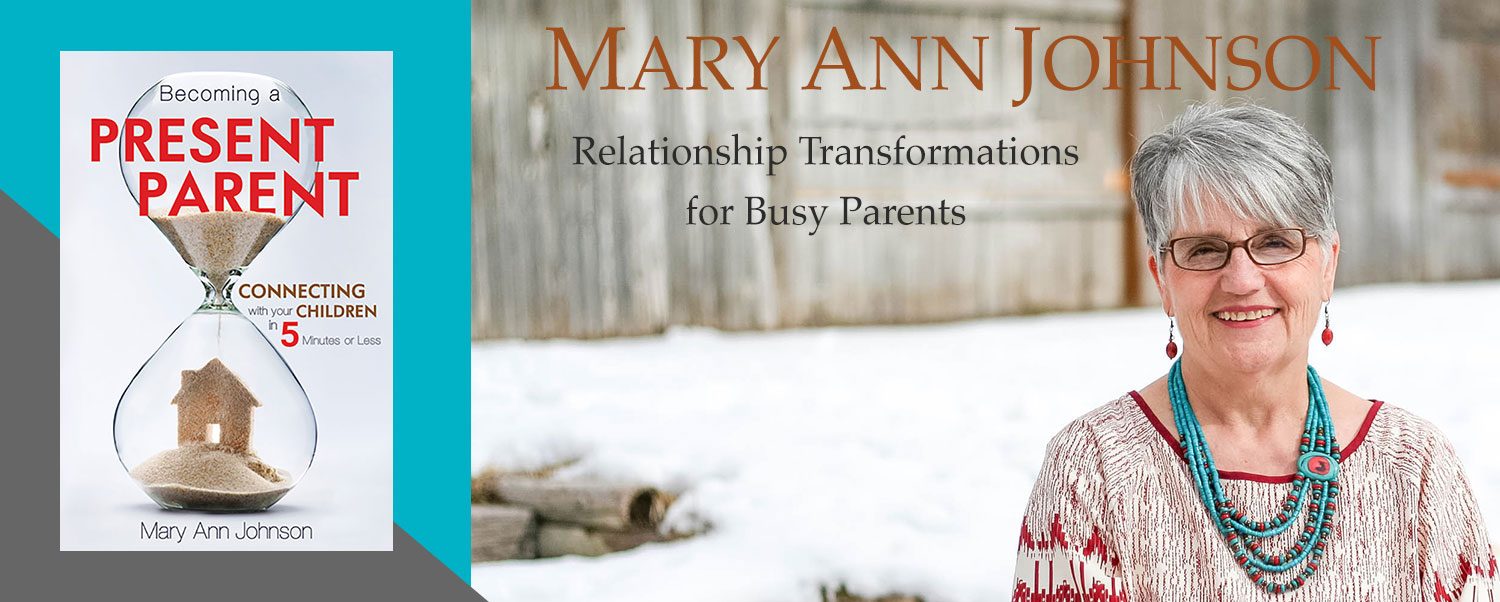
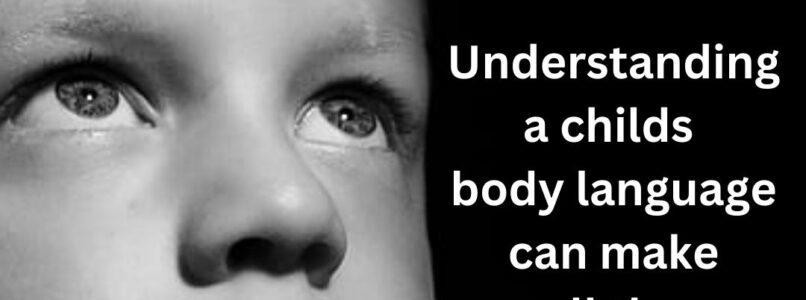

 My hairdresser, Emily, works out of her home. Most of the kids are in school but she has one little guy who is four and still at home during the day. We have fun conversations.
My hairdresser, Emily, works out of her home. Most of the kids are in school but she has one little guy who is four and still at home during the day. We have fun conversations.
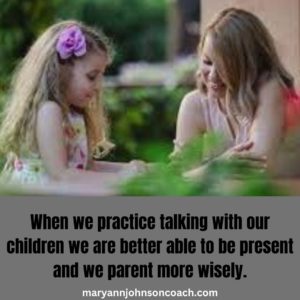 6 Tips for Talking With Kids
6 Tips for Talking With Kids
 In September, I took a rest. I had traveled to Colorado in late August to help a daughter having surgery and was repeating that trip for the same reason early in September. I knew I was going to
In September, I took a rest. I had traveled to Colorado in late August to help a daughter having surgery and was repeating that trip for the same reason early in September. I knew I was going to 
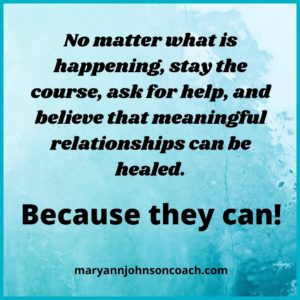 A while back, I began thinking I needed to tackle the tough things I learned as a mom. But I have put it off. How do you talk about the tough stuff? I have given it a lot of thought. I know this is a direction I should go. I have wondered why. Maybe because times are hard right now, and I feel sure some struggling parents out there need to know that even very imperfect people can and do raise beautiful and
A while back, I began thinking I needed to tackle the tough things I learned as a mom. But I have put it off. How do you talk about the tough stuff? I have given it a lot of thought. I know this is a direction I should go. I have wondered why. Maybe because times are hard right now, and I feel sure some struggling parents out there need to know that even very imperfect people can and do raise beautiful and 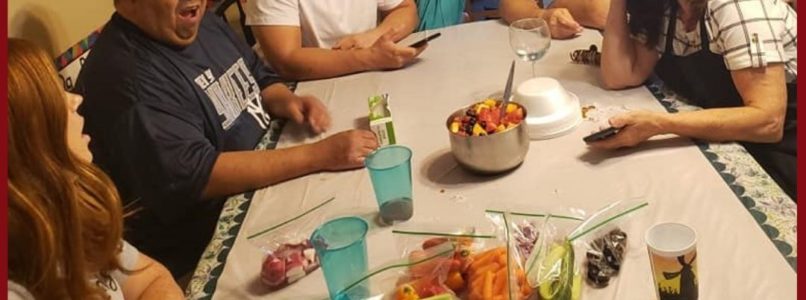
 My sister flew to Philadelphia to see her son and his family. Michael picked her up at the airport, and they drove to New Jersey. He is in the military, and she was very anxious to see them all.
My sister flew to Philadelphia to see her son and his family. Michael picked her up at the airport, and they drove to New Jersey. He is in the military, and she was very anxious to see them all.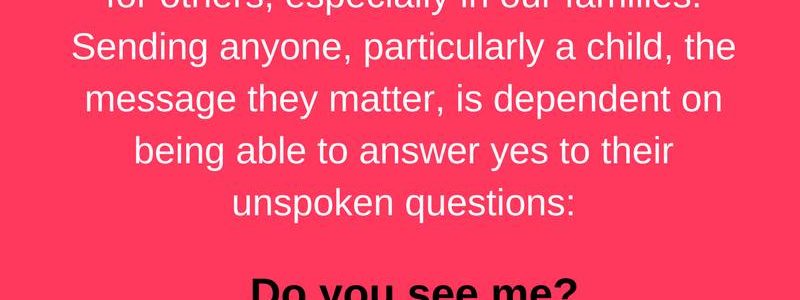
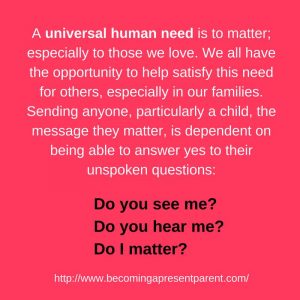 When we moved to Laurel, Montana over 3 decades ago it was a jolt. We had lots of little kids and we didn’t know anyone. We had no family in Montana and no one we knew had ever lived there.
When we moved to Laurel, Montana over 3 decades ago it was a jolt. We had lots of little kids and we didn’t know anyone. We had no family in Montana and no one we knew had ever lived there.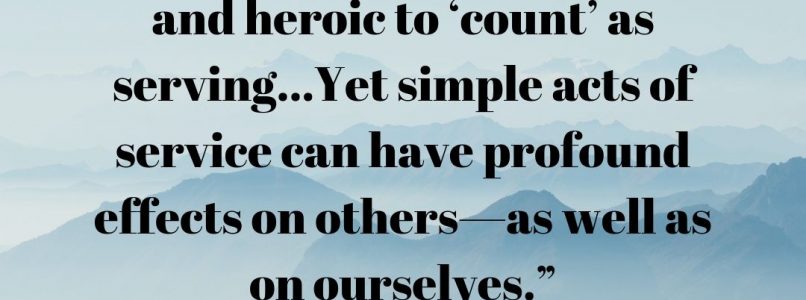
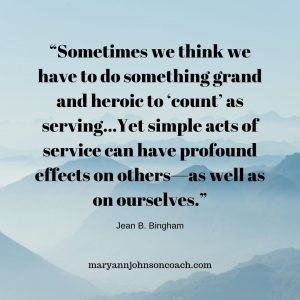
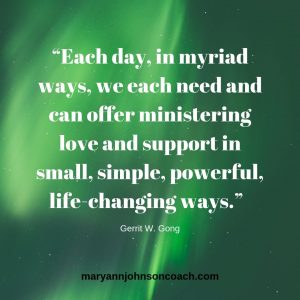

 We’re all looking for simple ways to connect with our families despite how busy life has gotten. One technique I really enjoy is that of mini-conversations. Conversing with children and teens can be fun, relaxing, and energizing, and sometimes we learn something new.
We’re all looking for simple ways to connect with our families despite how busy life has gotten. One technique I really enjoy is that of mini-conversations. Conversing with children and teens can be fun, relaxing, and energizing, and sometimes we learn something new. Let me give you an example. When my youngest daughter was twenty, she was reading Incidents in the Life of a Slave Girl by Harriet A. Jacobs. She asked me to read the book because she wanted to talk about it. Over the few weeks that it took her to read the book we had conversations about the character of different people in the book, why people act the way they do and believe the things they do, and how to be better people ourselves.
Let me give you an example. When my youngest daughter was twenty, she was reading Incidents in the Life of a Slave Girl by Harriet A. Jacobs. She asked me to read the book because she wanted to talk about it. Over the few weeks that it took her to read the book we had conversations about the character of different people in the book, why people act the way they do and believe the things they do, and how to be better people ourselves. letter. She wrote back commenting about freedom and the fact that I had recently attended a caucus. We had a mini-conversation via mail about what a caucus is and who can go and why they would go. That led to a conversation back and forth about Fredrick Douglas, who he was, and how he worked for freedom for slaves, women, and other minority groups. With the advent of technology, we can have these types of mini-conversations face to face no matter what distance we must traverse.
letter. She wrote back commenting about freedom and the fact that I had recently attended a caucus. We had a mini-conversation via mail about what a caucus is and who can go and why they would go. That led to a conversation back and forth about Fredrick Douglas, who he was, and how he worked for freedom for slaves, women, and other minority groups. With the advent of technology, we can have these types of mini-conversations face to face no matter what distance we must traverse. Jack, my grandson, who was two at the time, had a dear friend who turned 90. He gave Jack a bunch of helium-filled balloons from his party. Jack and I took one balloon to the front yard and let it go. As it floated upward, we had a mini-conversation. It went like this:
Jack, my grandson, who was two at the time, had a dear friend who turned 90. He gave Jack a bunch of helium-filled balloons from his party. Jack and I took one balloon to the front yard and let it go. As it floated upward, we had a mini-conversation. It went like this: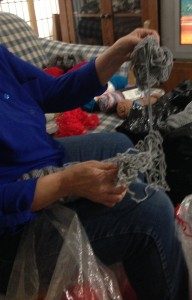
 pounds of yarn and it’s true of family relationships. It took a lot of hours, over a few days, to get the job done. There were moments of extreme frustration when I wished I hadn’t begun the project, when I wanted to quit. However, I kept reminding myself that it would be worth it. I kept visualizing the reward of hanging in – the many beautiful scarves, hats, blankets, and booties that would warm the hearts and souls of so many.
pounds of yarn and it’s true of family relationships. It took a lot of hours, over a few days, to get the job done. There were moments of extreme frustration when I wished I hadn’t begun the project, when I wanted to quit. However, I kept reminding myself that it would be worth it. I kept visualizing the reward of hanging in – the many beautiful scarves, hats, blankets, and booties that would warm the hearts and souls of so many. Knowing the relationship is worth the work, expressing love and a willingness to see another’s point of view, believing in the validity of the other person’s opinion, and by allowing time, you can untangle almost any mess, just as I was able to do with the yarn.
Knowing the relationship is worth the work, expressing love and a willingness to see another’s point of view, believing in the validity of the other person’s opinion, and by allowing time, you can untangle almost any mess, just as I was able to do with the yarn.